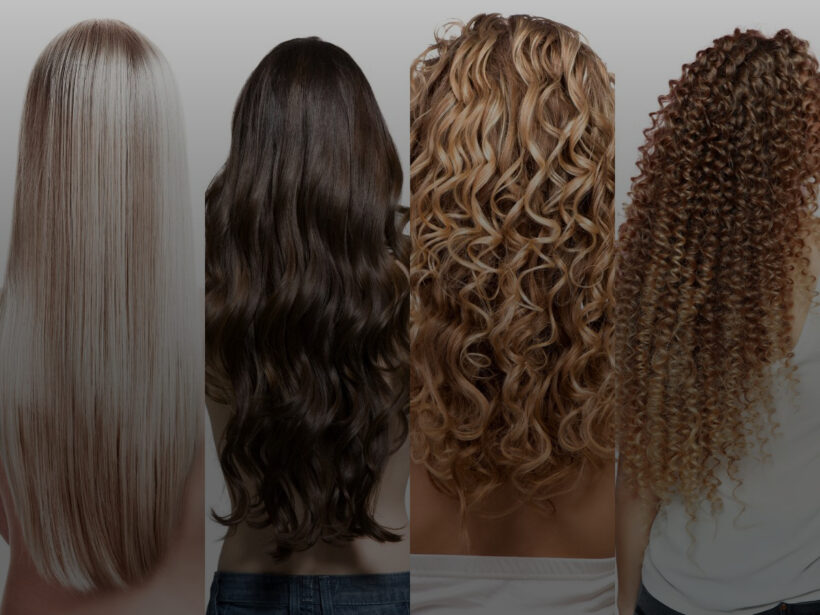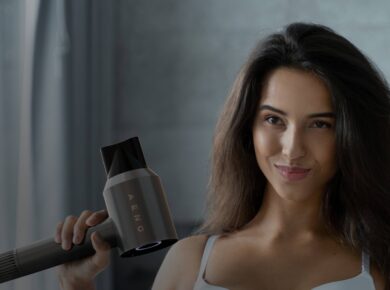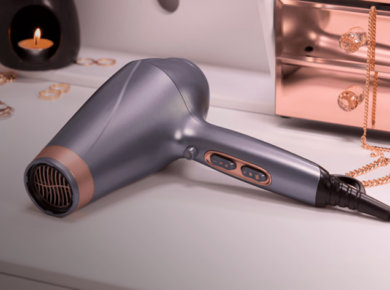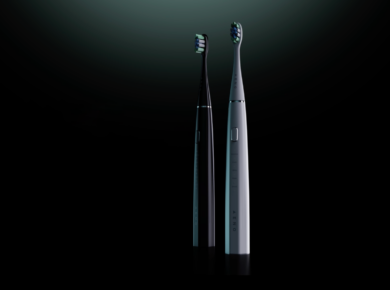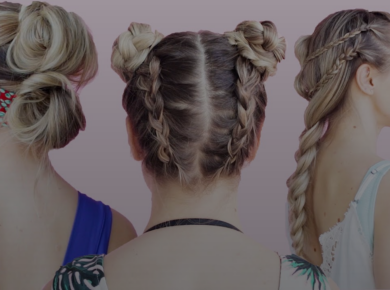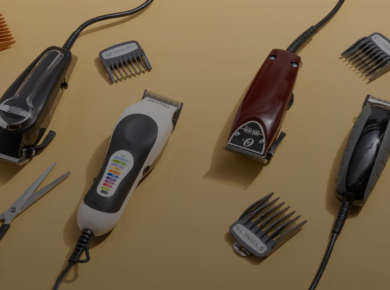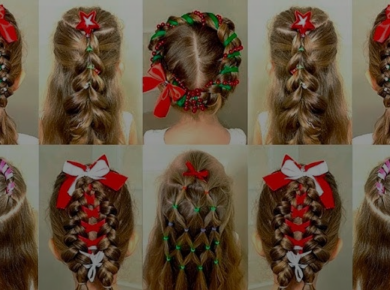What Is Your Hair Type?
Have you ever wondered why some people have sleek, straight hair, while others have bouncy curls? Or why does a particular shampoo work on your friend’s hair but leave yours unruly? There’s no magic. The key is understanding your hair type, including texture, thickness, and porosity. With this knowledge, you can select the right products and styling methods to keep your hair looking its best.
So, get comfortable because we’re about to take you on an intriguing journey into the world of different hair types!
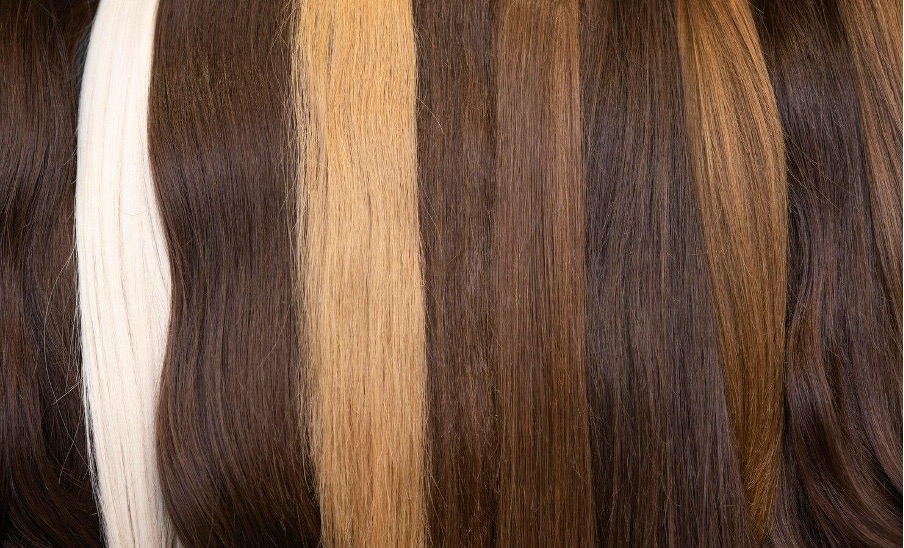
Main Hair Types
When discussing hair texture, we’re referring to its natural shape, which is influenced by the characteristics of the hair follicle. The more oval the follicle, the curlier the hair will be. Considering the various textures, there are four primary hair types and subcategories.
Straight Hair: Smooth and Shiny
- 1A: Fine, silky, and straight (similar to Asian hair).
- 1B: Slightly thicker with a bit more volume.
- 1C: Coarse and thick, maintaining its shape better.
Straight hair gets greasy faster, so choose a lightweight shampoo and avoid heavy products. Dry shampoo is a great ally!
Fun Fact: Straight hair reflects light better than any other women hair type, giving it a more natural and shiny appearance.
Wavy Hair: The Golden Mean
- 2A: Loose, subtle waves that often look straight at the roots.
- 2B: More defined “S” waves featuring light curls.
- 2C: Deep, well-defined waves with various curl patterns.
Use a lightweight mousse or curl cream to boost the waves without adding weight. Avoid excessive brushing ― it can lead to more curling.
Fun Fact: Wavy hair can easily be styled into straight or curly looks with little effort, providing great versatility.
Curly Hair: Defined and Voluminous
- 3A: Loose, bouncy curls that shine brightly.
- 3B: Tighter, springy curls packed with volume.
- 3C: Very tight, curly curls that are full of life.
Moisturizing your hair is essential for this type! To maintain hydration and keep your curls looking their best, regularly use a leave-in conditioner or curl-enhancing cream. Also, avoid sulfates in your shampoo.
Fun fact: Thicker locks tend to be drier because it’s difficult for natural oils to penetrate. Therefore, they require additional moisture.
Coily/Kinky Hair: Tight Curls and Maximum Volume
- 4A: Features well-defined coils with a noticeable curl pattern.
- 4B: Z-shaped curls that have less definition.
- 4C: Consists of the tightest coils, often lacking a curl pattern.
Remember to moisturize! Deep conditioning treatments, shea butter, and oils like coconut or castor can do wonders for this hair type. Experimenting with different braids to maintain length.
Fun Fact: Curly hair tends to shrink the most, sometimes appearing to be half its actual length.
Hair Thickness: Fine, Medium, or Thick?
When we talk about thickness, we refer to the diameter of each strand, not the overall number of hairs.
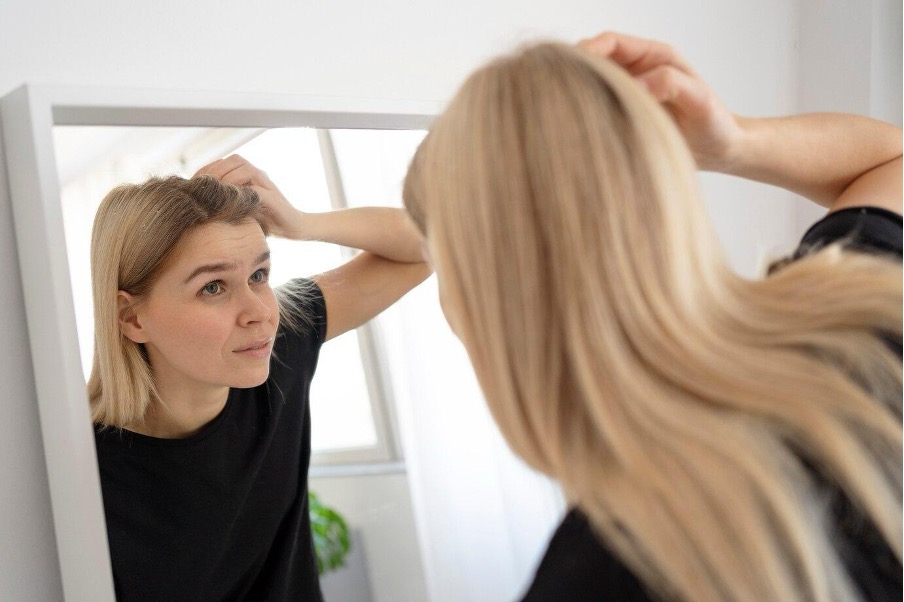
How to check? Take a single strand of hair and rub it between your fingers:
- You have fine hair if you can hardly feel it.
- You have medium hair if you can feel the strands, but they are not too thick.
- You have thick (coarse) hair if it feels stiff and coarse.
Why is it important?
- Fine hair tends to get greasy quickly and benefits from volume products.
- Medium hair is adaptable and holds styles well.
- Thick hair requires extra moisture and smoothing products.
Hair Porosity: How Well Does Your Hair Absorb Moisture?
Porosity refers to your hair’s ability to take in and hold moisture. It plays a crucial role in how effective conditioners, oils, and other treatments are for your hair.
To assess your porosity, try this simple test: drop a clean strand of hair into a glass of water.
- If your hair floats on the surface, it has low porosity and tends to repel moisture. For this hair type, opt for lightweight, water-based products.
- If your hair sinks slowly, it has medium porosity. Regular conditioning should suffice for this type.
- If your hair sinks quickly, it has high porosity. This type tends to lose moisture rapidly and benefits from deep conditioning treatments with rich conditioners and oils.
Why is it important?
If you often deal with dry hair or frequent split ends, understanding your porosity could be key to creating an effective hair care routine.
Proper Hair Care for Every Hair Type
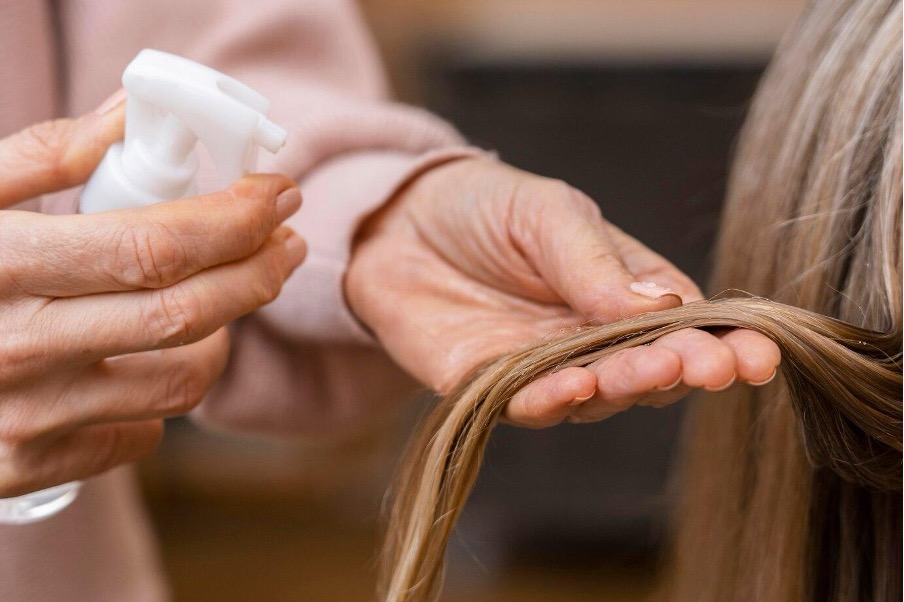
Straight Hair Care (Type 1, Smooth and Shiny Hair)
Such hair featuresnatural shine, can get oily quickly, and may struggle to hold volume.
How to care for it?
- Wash your hair 2–3 times a week to avoid oil buildup. Try not to wash it daily ― this can strip away natural oils.
- Opt for a volumizing shampoo to keep your hair from feeling too soft.
- Steer clear of heavy conditioners. Instead, choose lightweight options and apply them only to the ends.
- Embrace dry shampoo, which helps absorb excess oil and adds volume.
- Blow dry your hair upside down to lift the roots and create more volume.
If you love curls but they tend to fall flat quickly, use a texturizing spray on damp hair before styling to help it hold better.
Wavy Hair Care (Type 2, Light and Versatile)
This hair is characterized by anideal balance between straight and curly. It is prone to frizz and holds styles well, but the wrong products can weigh it down.
How to care for wavy hair?
- Wash your hair 2–3 times a week with a sulfate-free shampoo to keep your strands from drying.
- Use a hydrating conditioner, but consider that too much can flatten your waves.
- Let your hair air dry or use a diffuser on your hair dryer for a more natural look.
- Avoid brushing dry hair! Instead, use a wide-tooth comb on damp hair to minimize frizz.
- For soft, beachy waves, apply a lightweight curl-defining cream.
Want bouncy, defined waves? Try the plopping method. After washing, wrap your hair in a cotton t-shirt to enhance waves.
Curly Hair Care (Type 3, Defined and Voluminous)
Such hair is naturally full of volume and bounce. However, it is prone to dryness because natural oils struggle to travel down the curls. Moreover, it is susceptible to frizz without proper care.
How to care for curly hair?
- Use a hydrating, sulfate-free shampoo to keep your hair moisturized.
- Don’t skimp on the conditioner! Deep condition once a week for soft, hydrated curls.
- Detangle with your fingers or a wide-tooth comb while your hair is damp.
- Apply leave-in conditioner and curly cream to control frizz.
- Dry using a microfiber towel or a cotton t-shirt.
- If you need to blow dry your hair, use a diffuser attachment and always opt for low heat settings.
To prevent frizz and tangling overnight, sleep in a satin cap or style your hair in a loose pineapple bun.
Coily/Kinky Hair Care (Type 4, beautifully textured and thick)
Tight curls or coils that can range from bouncy to zigzag patterns. This hair type is most prone to dryness and requires regular deep conditioning. The tight curls can also lead to a perception of shorter hair.
How to care for curly hair?
- Opt for a cleansing conditioner instead of traditional shampoo to help retain moisture.
- Deep-condition your hair with rich oils like shea butter, castor oil, and argan oil. When detangling, use your fingers or a wide-tooth comb on damp hair, applying a leave-in conditioner for ease.
- Protect your hair with styles like braids or buns to maintain length and reduce breakage.
- Avoid heat styling and treat your natural texture with care.
Wrap your strands in soft elastic bands while they dry to keep them from looking shorter. This simple trick will help you “stretch out” your curls without damaging the hair structure.
The Secret to Healthy Hair: Universal Tips That Will 100% Work
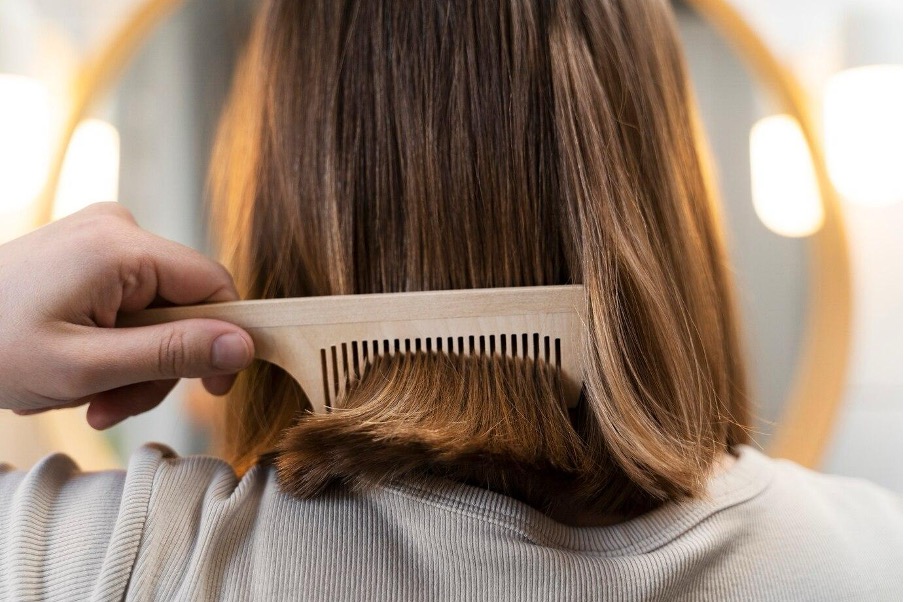
These essential guidelines will help keep your hair healthy and shiny, no matter the different texture of hair:
- Get regular trims every 6–8 weeks to avoid split ends.
- Always use a heat protectant before styling.
- Stay hydrated by drinking plenty of water. Hydration is key!
- Maintain a balanced diet that includes biotin, omega-3, and vitamin E.
- Steer clear of overly tight hairstyles that can pull on the roots and cause breakage.
- Regularly massage your scalp to boost blood circulation and promote hair growth.
- If your hair is still looking dull and brittle, contact a specialist. Sometimes, improving your locks is easier than you think.
Common Hair Myths Debunked
#1. Trimming your hair makes it grow faster.
While trimming doesn’t speed up growth, it helps maintain the length by preventing split ends and reducing breakage.
#2. Brushing your hair 100 times a day makes it healthier.
Over-brushing can lead to more breakage, especially for those with thin hair. It’s better to brush gently and less frequently.
#3. Oily hair doesn’t need conditioner.
Oily hair still requires moisture! Just focus on applying conditioner to the ends rather than the roots.
#4. Washing your hair every day is essential for proper care.
Daily washing can strip your hair of its natural oils, leading to dryness. Therefore, it’s best to wash your hair according to your specific hair type and needs.
Love Your Hair ― Love Yourself!
Now, you should be able to confidently answer the question, “What type of hair do I have?” Recognizing this is the crucial first step toward simple and effective care that yields visible results. Whether your hair is straight or beautifully curled, it has a unique charm. The key is to select the right products and treatments to maintain its natural beauty!
